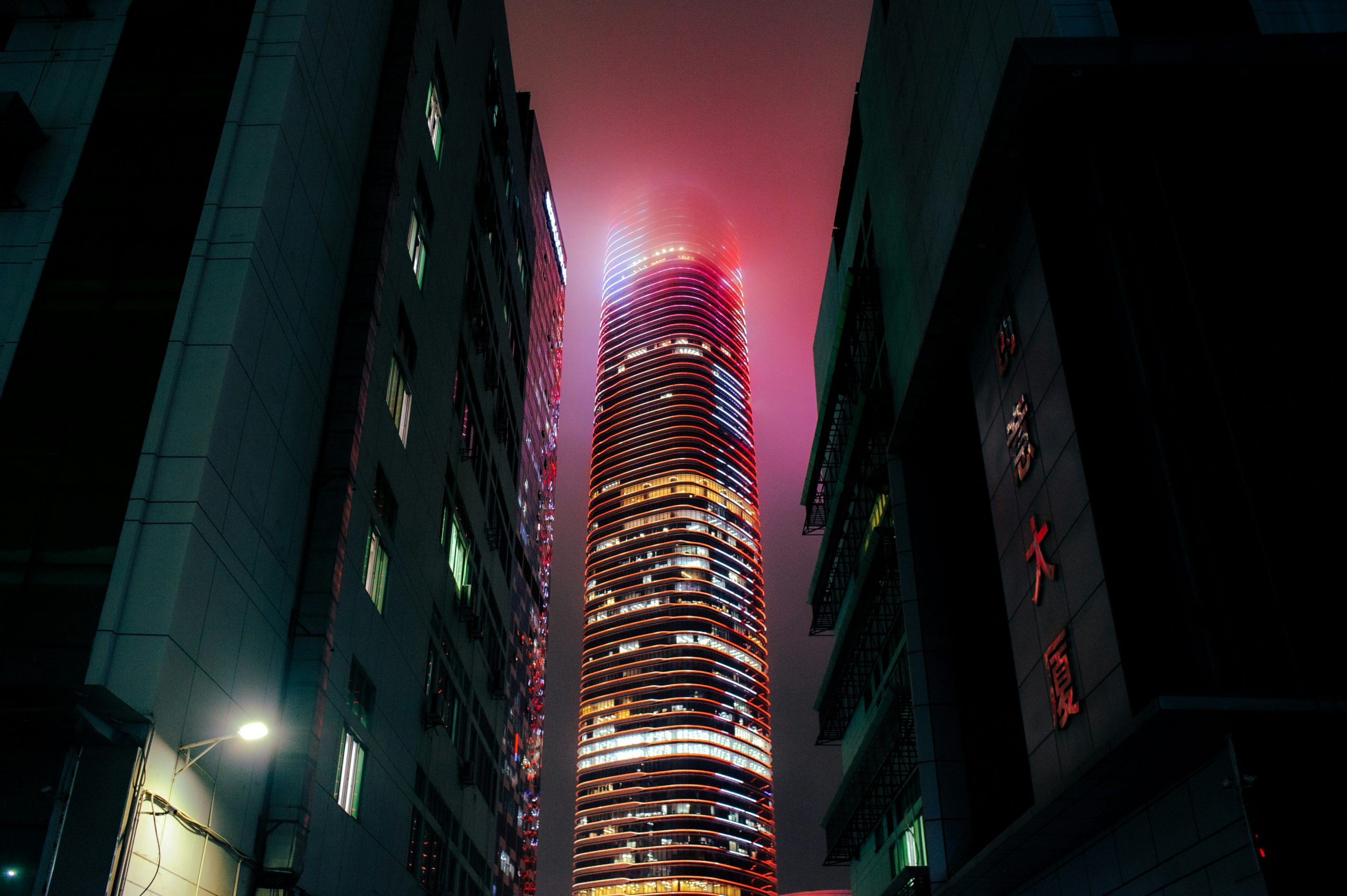
In the last decade or two, the landscape of urban architecture has witnessed a surge in facade lighting, specifically the delineation of building edges with linear LEDs. What was once a novel and striking feature has become a ubiquitous element, gradually eroding the aesthetic integrity of our cities and contributing to several negative side effects. The overuse of such lighting techniques is compromising the beauty of our urban landscapes, and exacerbating light pollution, ultimately impacting the nighttime environment’s lighting quality.
Facade lighting, when used judiciously, can enhance architectural features and contribute to the nighttime allure of a city. However, the current trend of outlining building edges with linear LEDs has led to a monotonous and unimaginative visual experience. This practice reduces complex and nuanced architectural designs to simplistic outlined shapes, undermining the original artistic vision of the architecture. The repetitive and predictable nature of this lighting technique dilutes the distinctiveness of individual buildings, leading to a homogenized urban landscape that lacks character and depth.
One of the most pressing issues associated with the overuse of linear facade lighting is its contribution to light pollution. The excessive brightness and often poorly directed light from these installations spill directly into the night sky, obscuring stars and disrupting natural nocturnal environments. This phenomenon, known as skyglow, affects not only astronomers but also wildlife, whose behaviors and habitats can be significantly altered by unnatural lighting levels. Moreover, the energy consumption of such extensive lighting installations is considerable, raising concerns about sustainability and environmental responsibility.
Beyond aesthetic and environmental concerns, the quality of lighting in urban nighttime environments is at stake. Well-designed lighting should enhance visibility, safety, and comfort for urban dwellers. However, the direct glare and excessive brightness from linear facade lighting can create discomfort and reduce visibility, leading to a less pleasant and potentially unsafe nighttime experience. Thoughtful lighting design should prioritize human experience, creating spaces that are inviting and functional after dark.
Public awareness and regulatory measures can also play a crucial role in mitigating the adverse effects of overused facade lighting. Policies that limit the intensity and duration of exterior lighting, along with incentives for energy-efficient and environmentally friendly lighting technologies, could significantly reduce light pollution and promote better nighttime lighting practices. By embracing a more thoughtful and sustainable approach, we can preserve the integrity of our cities’ nighttime landscapes and create a more harmonious and visually stimulating urban environment.
photo credit: Joshua Fernandez



